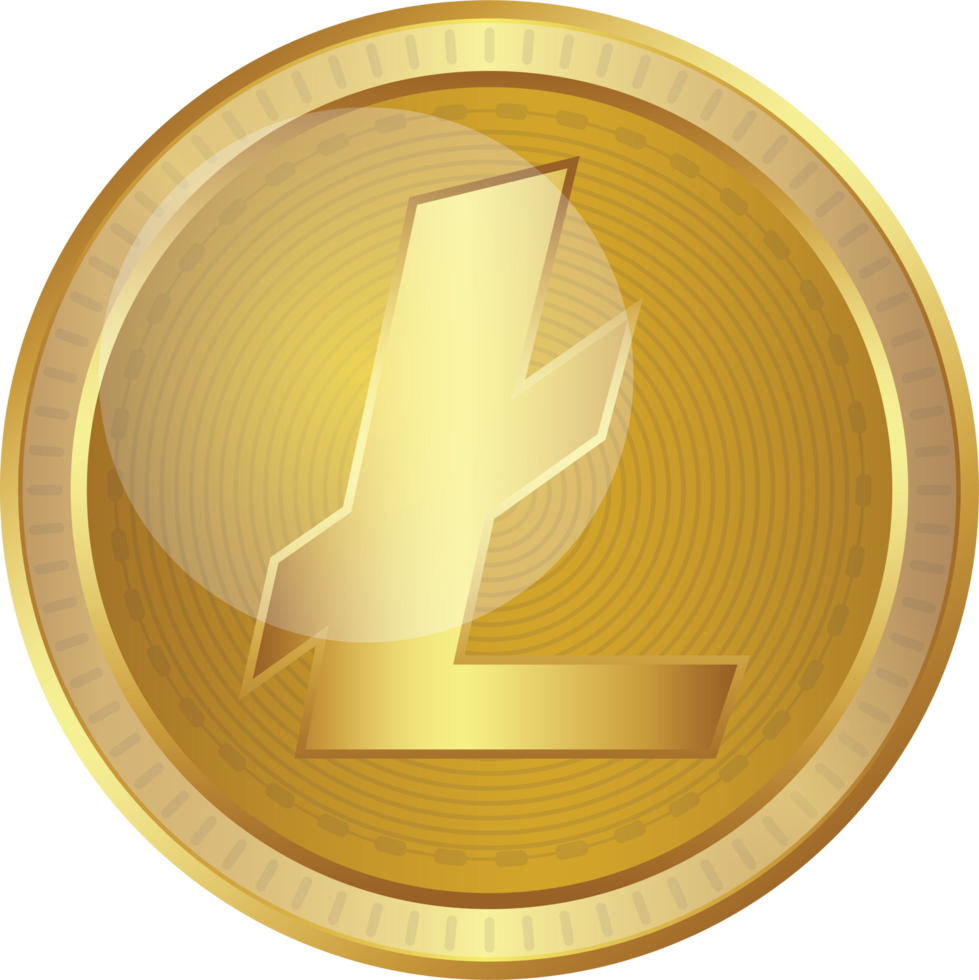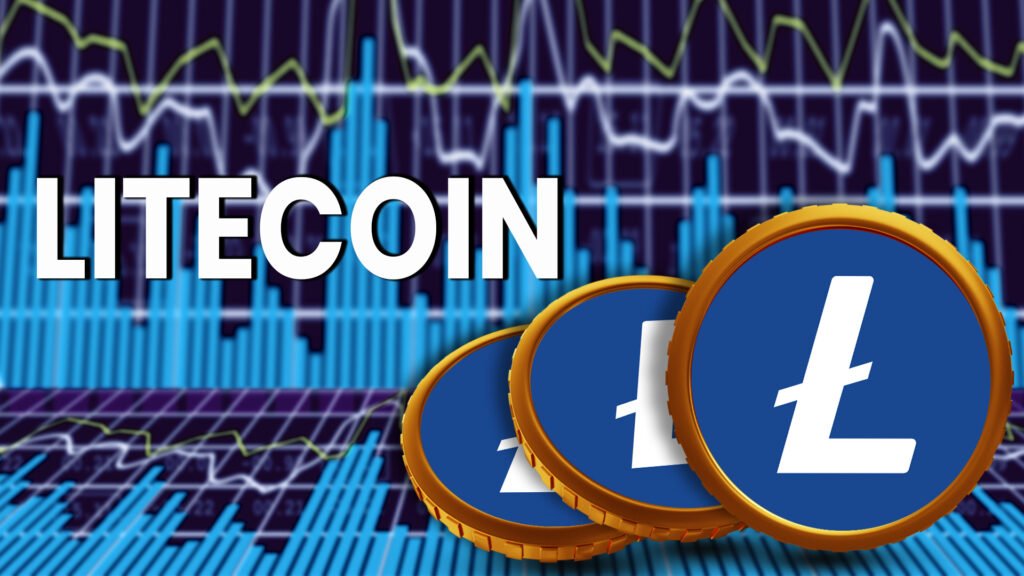What is Litecoin (LTC)?
Litecoin (LTC) is a cryptocurrency created as a result of a fork of the Bitcoin blockchain in 2011. It was originally designed to address developer concerns that Bitcoin was becoming too centrally controlled and to make it more difficult for mining companies to carry out the large-scale operations they would undertake. advantage. in mining. While it ultimately failed to stop corporate miners from taking over the majority of Litecoin’s mining, the cryptocurrency has emerged as a minable currency and peer-to-peer payment system.

History of Litecoin (LTC)
Litecoin is considered one of the first altcoins created from the original open source code of Bitcoin. It was initially a strong competitor to Bitcoin. However, as the cryptocurrency market has become more saturated and competitive, Litecoin’s popularity has declined somewhat.
In fact, when creator Charlie Lee announced Litecoin’s debut on a popular Bitcoin forum, he called it a “lite version of Bitcoin.” For this reason, Litecoin has many of the same characteristics as Bitcoin, although it also adapts and changes some other aspects. what the development team thinks can be improved.
Litecoin was developed by Charlie Lee, a Massachusetts Institute of Technology (MIT) graduate and former Google engineer who became interested in Bitcoin in 2011. According to Lee: “In October 2011, I experimented with the Bitcoin codebase. In short, I was just trying to create… a fork of Bitcoin. It was basically a fun side project.
Understanding Litecoin (LTC)
One of Litecoin’s original goals was to discourage enterprise-level miners from gaining control of the mining process through a different encryption method. However, miners quickly adapted their specialized machines and continued to increase their mining capacity.
Litecoin can be mined using ASIC miners, just like Bitcoin. A block within the blockchain stores information about transactions. The block is verified by the mining software and becomes visible to any participant in the system (called a miner) who wants to see it. Once the miner confirms this, the next block in the chain is created and Litecoin receives the reward.
Charlie Lee
Launched in 2011 by former Google engineer Charlie Lee, Litecoin is an open-source global payment network with no central authority control.3 Lee called Litecoin “the silver to Bitcoin’s gold.”
Where to buy Litecoin
Most cryptocurrencies can be purchased on cryptocurrency exchanges. Some exchanges may conduct transactions within the United States; many others are outside the US. It is important to note that exchanges within the US are monitored and regulated by the Securities and Exchange Commission to ensure that the interests of investors and traders are served 13. Keep this in mind if you live in the US. USA, your options are limited to exchanges within the USA.
How to sell Litecoin
You can sell your Litecoin on the same exchanges where you can buy it. However, selling your cryptocurrency on a centralized exchange is different from selling it on a decentralized exchange. For example, if you sell your Litecoin on an exchange like Kraken, you will need to send your LTC to your Kraken address. The exchange then facilitates the sale of your Litecoin.
If you use a decentralized exchange such as Kucoin or Crypto.com, you connect your wallet to the exchange and go through a know-your-customer (or client) registration process. Once approved, you can deposit your Litecoin and start selling it.
Some exchanges may allow you to withdraw fiat currency, so if you want to exchange your LTC for fiat currency, you will need to find an exchange that allows this.
How is Litecoin different from Bitcoin?
The first difference between Litecoin and Bitcoin is their maximum supply limit. Bitcoin supply is capped at 21 million, while Litecoin supply is capped at 84 million.
Another difference between Litecoin and Bitcoin is the coin mining protocols. As mentioned above, Bitcoin uses SHA-256, while Litecoin is based on a modified version of Scrypt to generate coins. The difference in protocols affects transaction processing times for both currencies.
Transaction processing speed can come at the expense of security, as fewer rounds of transaction verification are required. Litecoin’s confirmation time of 2.5 minutes (as opposed to the roughly 10 minutes it takes Bitcoin to confirm transactions) is convenient for small merchants who don’t want or need their transactions to be ultra-secure.214
Will Litecoin have a future?
It is difficult to determine how investors, traders, cryptocurrency fans, governments and the general public will view Litecoin in the future. Governments are eyeing cryptocurrencies, more cryptocurrencies are being created every day, and markets are volatile.

Is Litecoin still a good investment?
Litecoin was not intended to be a speculative investment or a store of value. However, some investors use LTC this way and some do not. It is best to consult a professional advisor to find out if Litecoin is a good investment for you.
Which is better, Litecoin or Ethereum?
Litecoin is a cryptocurrency designed for peer-to-peer transactions. The Ethereum blockchain.15 In terms of value, ETH typically ranks in the top five and has the highest trading volume.16 Which is better. It depends on your interests. , purposes and intended use.
The commentary, opinions and analysis expressed on Investopedia are for online information purposes. Please read our warranty and disclaimer for more information. At the time of writing, the author does not own litecoins.